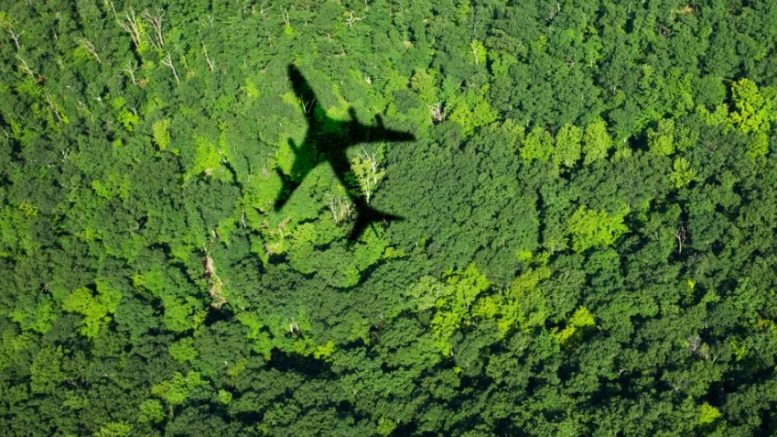Monkeypox, Polio, Marburg, SARS-CoV-2 Due to their recent influxes into human populations, these viruses are now known not only to public health experts but to the general public as well.
Pathogens of all kinds have always been a threat to humans, but nowadays attacks are more frequent and severe than ever.
According to Jeremy Farrar, director of Wellcome, a philanthropic organization that addresses health issues around the world, “we are living through an era of epidemics and pandemics, and they are going to be more complicated and frequent.”
“We have a tendency to view each [outbreak] as a distinct episode in and of itself. However, the reality is that they are practically all signs of underlying causes that are all a part of life in the twenty-first century.
For instance, the world has previously experienced polio epidemics, clusters of monkeypox, and incidences of Marburg, a relative of the deadly Ebola virus.
Even older iterations of SARS-CoV-2 were present in the 2002 and 2012 coronavirus outbreaks. Why then do these epidemics seem to be accumulating simultaneously and suddenly?
A growing perfect storm of circumstances, including the prevalence of international travel, people’ deeper penetration into formerly uninhabited natural ecosystems, and modernity that has resulted in climate change, urbanization, and overcrowding, provide the answer.
Even our immediate and unfiltered social media communication is having an impact because false information is frequently spread, accepted, and elevated to the same degree as reliable communications.
Then there is the erratic and more precarious geopolitical balance that drives millions of people from their homes and into migrant housing and refugee camps, which serve as breeding grounds for dangerous diseases.
Simply defined, according to Michael Osterholm, director of the Center for Infectious Disease Research and Policy at the University of Minnesota, the numerous infectious diseases that plague the world today are “simply the evolution of bacteria and people coming to a collision course.”
People are interacting with nature more regularly as they get closer to it. Both viruses propagate wherever the animals travel, which increasingly includes areas where they come into contact with people. For instance, coronaviruses reside in bat populations whereas influenza viruses live in bird populations.
Such interactions are more likely as a result of deforestation, climate change, and urbanization. According to specialists, urbanization had concentrated more people into densely populated cities than it had when the virus was first discovered in individuals in the 1970s, which likely contributed to the worst Ebola outbreak in West Africa in 2014.
According to Osterholm, “Ebola had not altered in the 1990s or 2000s; what had changed was that Ebola had been a rural-village epidemic that had affected remote villages but hadn’t reached huge urban centers.”
Viruses and bacteria find it simpler to acquire new hosts as a result of urbanization and congestion in big cities where sanitation and social distance aren’t usually practiced.
With urbanization have also come improvements in transportation. Additionally, in just a few short hours, flight travel spreads any bacteria and viruses that passengers may be carrying to other regions of the globe.
One instance is the current monkeypox outbreak, which in three months expanded to 94 nations. The virus, which is common in Central and Western Africa, traveled on festival-goers from that region before landing in nations where cases are infrequently documented.
According to Osterholm, if monkeypox had spread 100 years ago, the globe would have hardly witnessed any significant global problems due to the slow and inefficient means of transportation at the time. Read More





